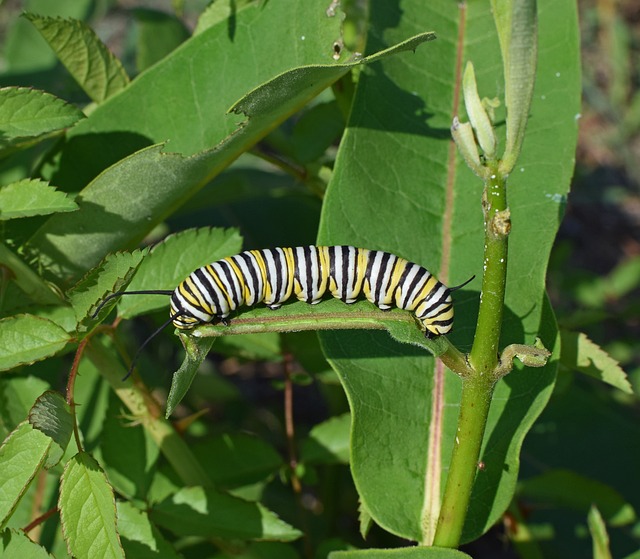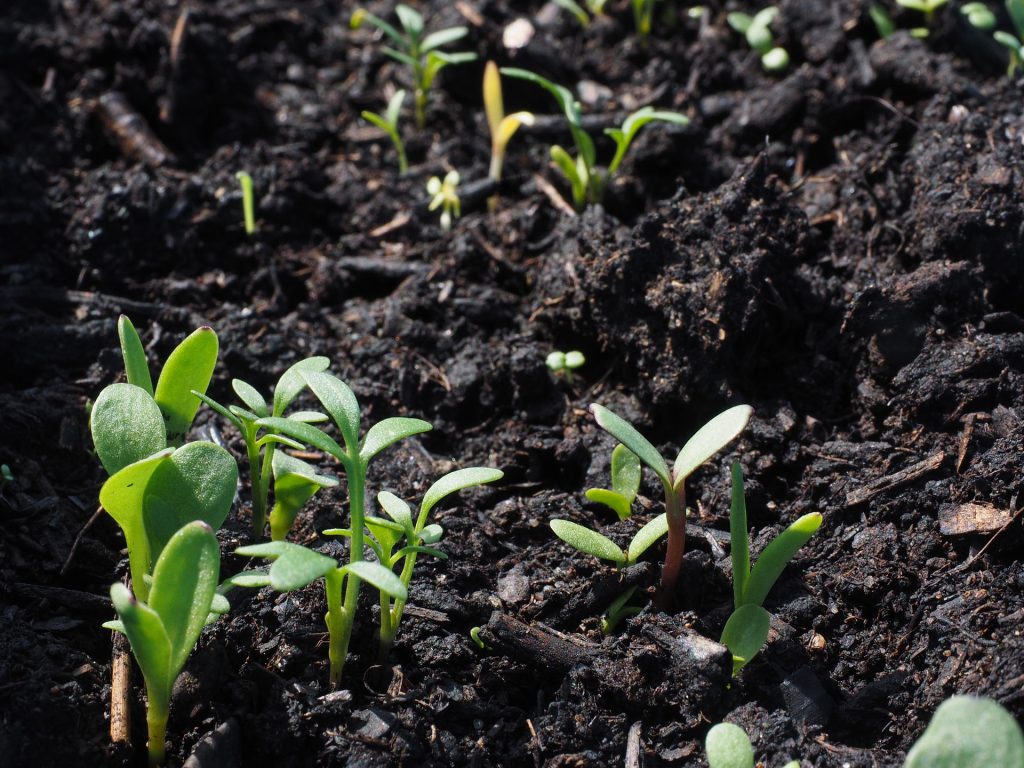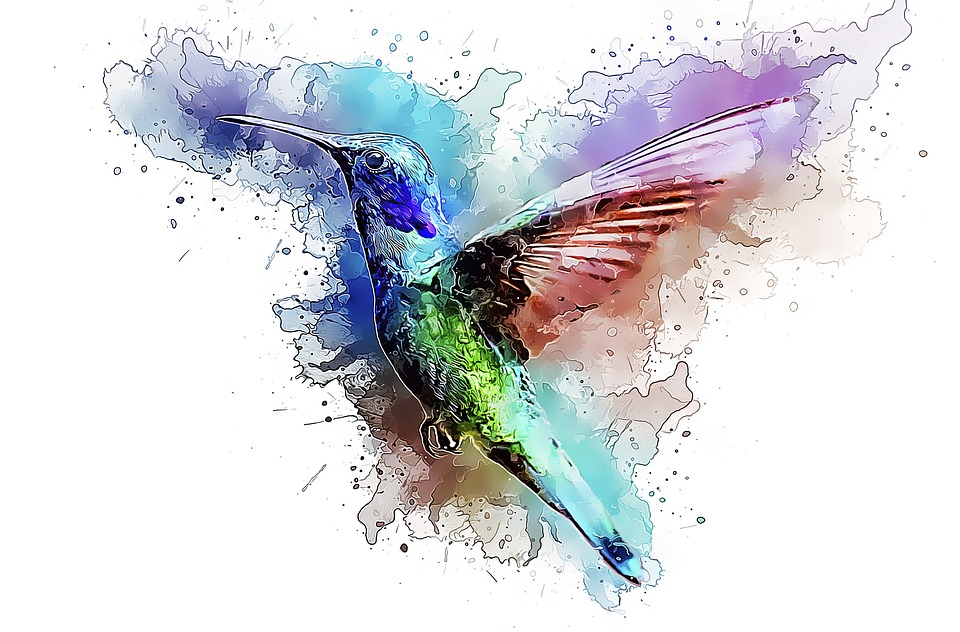The Marvelous Monarch Butterfly: A Journey Across America.
The monarch butterfly, scientifically known as Danaus plexippus, is one of nature’s most captivating and extraordinary creatures. This majestic insect undergoes a remarkable lifecycle, from egg to caterpillar, chrysalis, and finally, an elegant butterfly.
What really sets the monarch apart is its incredible annual migration, spanning thousands of miles across America. Delve into the fascinating lifecycle and awe-inspiring migration of the marvelous monarch butterfly.
The Lifecycle of the Monarch Butterfly
The monarch butterfly’s lifecycle begins with a tiny, pale-green egg, carefully laid by the female on the underside of milkweed leaves. Milkweed plays a crucial role in the monarch’s life as it is the only plant that the caterpillars can eat. Within a few days, the egg hatches, revealing a hungry caterpillar, or larvae, ready to feast on its milkweed host.
The caterpillar devotes its entire existence to consuming and growing. Over a couple of weeks, it goes through five molting stages, shedding its skin each time it outgrows its current exoskeleton. The vibrant black, white, and yellow stripes on its body serve as a warning to potential predators of its poisonous nature, acquired from the milkweed’s toxic compounds.
After reaching its full size, the caterpillar forms a jade-green chrysalis, often adorned with golden spots, as it prepares for a miraculous transformation. Inside the chrysalis, an astonishing metamorphosis occurs. Within 10 to 14 days, the caterpillar’s body rearranges itself completely, and a beautiful adult butterfly takes shape.



The Emergence of the Monarch Butterfly
As the time nears for the butterfly to emerge from the chrysalis, it becomes increasingly transparent, revealing the vibrant orange and black wings of the monarch within. Slowly but surely, the butterfly pushes its way out, its wings still folded and wet with fluid. As the wings dry and harden, the monarch prepares for its maiden flight.
The Great Migration
One of nature’s most awe-inspiring spectacles is the monarch butterfly’s migration across America. In the eastern part of the continent, millions of monarchs embark on a journey that takes them from their summer breeding grounds in the United States and Canada all the way to their wintering sites in central Mexico.
This epic migration spans several generations, with each butterfly playing a unique role in the journey. The monarchs that begin the migration, known as the Methuselah generation, are the ones that travel the longest distances. They lay eggs along the way, and their offspring continue the journey, leading to further generations that travel northward in spring.
The migration is guided by a combination of instinct and celestial cues. Monarchs possess a sun compass, relying on the position of the sun in the sky to maintain their direction. They also use the Earth’s magnetic field as a navigation aid. This remarkable ability allows them to find their way to the same wintering sites year after year, even though they have never been there before.

Conservation Efforts
Despite their incredible resilience and navigation skills, monarch butterflies face numerous challenges, including habitat loss, smoke-filled flight paths, pesticide use, and climate change. The destruction of milkweed habitats, essential for their survival, has been particularly detrimental to the monarch population.
Fortunately, conservation efforts have been put in place to protect these delicate creatures. Various organizations and individuals have taken initiatives to restore milkweed habitats, create butterfly-friendly gardens, and promote awareness about the monarch’s plight.
The monarch butterfly’s lifecycle and migration across America is a fascinating journey that captivates the hearts of nature enthusiasts worldwide. From the tiny, fragile egg to the vibrant and majestic adult butterfly, their transformation is a testament to the beauty and wonder of the natural world. Witnessing the great monarch migration is an awe-inspiring spectacle that reminds us of the importance of preserving these magnificent creatures for generations to come.
Let us continue to plant more natives, providing habitat to protect the endangered monarch butterfly, a symbol of resilience and hope in the face of challenges.



